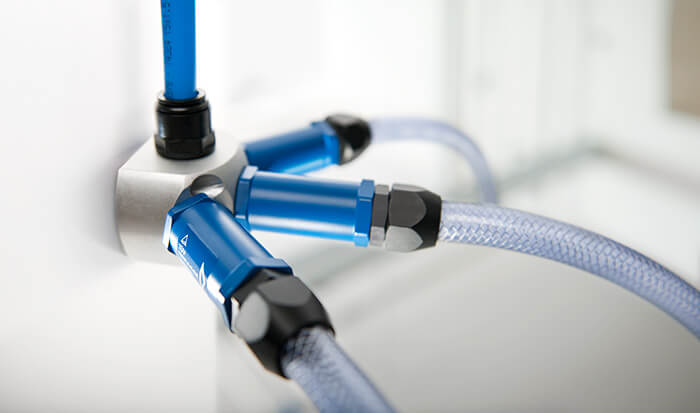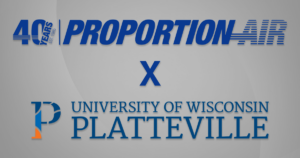 Pneumatic tools, which operate using compressed air, offer great advantages in manufacturing. However, their use comes with the risk of problems like air leaks, flying debris, and potential tool malfunction. To mitigate risks associated with pneumatic tool use in manufacturing, adherence to Occupational Safety and Health Administration (OSHA) standards is essential.
Pneumatic tools, which operate using compressed air, offer great advantages in manufacturing. However, their use comes with the risk of problems like air leaks, flying debris, and potential tool malfunction. To mitigate risks associated with pneumatic tool use in manufacturing, adherence to Occupational Safety and Health Administration (OSHA) standards is essential.
Meeting OSHA Regulatory Standards for Pneumatics
OSHA’s regulations surrounding pneumatic tools are designed to protect employees from the dangers of operating high-powered pneumatic devices in the workplace. An important aspect of ensuring safe operation is making sure that pneumatic tools are operated at safe pressure levels. OSHA mandates certain guidelines for pneumatic tool use to prevent accidents where high-pressure air could cause severe injuries if not properly managed. Examples include regulating psi and automatic cutting of airflow if the tool becomes disconnected.
Additional requirements mandate that all pneumatic tools be regularly inspected and maintained. This includes checking hoses, fittings, and valves to ensure they are not worn or damaged, which could lead to dangerous blowouts.
The Role of Pneumatic Safety Regulators
Pneumatic safety regulators help organizations meet directives for the safe use of pneumatic equipment as issued by industrial standards organizations such as ISO, OSHA, and others. Pneumatic safety regulators work by reducing the air pressure supply to a lower outlet pressure, which is then maintained despite fluctuations in the inlet pressure in a process called pressure equilibrium.
Proportion-Air Pneumatic Safety Regulators
Proportion-Air offers the Protect-Air line of preset tamper-proof miniature pneumatic safety regulators. These simple-to-use devices offer dependable solutions for meeting safety regulations as well as protecting employees and equipment. The Protect-Air line includes:
- FluidReg Regulator for Water and Other Fluids
- EcoReg Potable/Drinking Water Regulator
- OxyReg Regulator for Oxygen Use
- CartReg Regulator for Blow Guns and Pneumatic Tools
- SaveAir® Regulator for Compressed Air Systems
- ToolReg® Compressed Air Tool Regulator
- HoseGuard® Air Fuse
It’s critical to ensure that pneumatic pressure regulator components are suitable for the particular application. Gas type should be considered, in addition to specific pressure and flow requirements to avoid malfunction and potential injury or equipment damage. Manufacturer’s guidelines and safety standards should always be followed.
Trust Proportion-Air for Innovative Pneumatic Safety Solutions
Pneumatic safety regulators are a critical component in meeting OSHA standards and ensuring the safety of workers in industries that rely on compressed air tools. Through proper pressure management, regular maintenance, and other safety measures, companies can achieve compliance and maintain a safe workplace. Proportion-Air is here to assist companies with the successful implementation of reliable pneumatic safety solutions.
For more details on specific pneumatic safety devices and OSHA regulations, you can refer to the relevant sections on OSHA’s website and other safety resources.
To learn more, visit our pneumatic safety regulators FAQ section or contact our Applications Team for expert support in choosing the right product or assembly.

 Purdue’s Mechanical Megalodon Senior Capstone Project Taking Shape
Purdue’s Mechanical Megalodon Senior Capstone Project Taking Shape  University of Wisconsin & Proportion-Air – Manual Regulator Senior Capstone Project Team
University of Wisconsin & Proportion-Air – Manual Regulator Senior Capstone Project Team  February Newsletter: Medical Device Manufacturing
February Newsletter: Medical Device Manufacturing